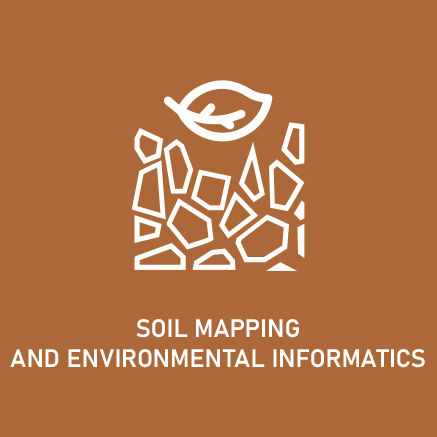Sipos P., Kovács I., Barna Gy., Tóth A., Makó A., Palcsu L., Kiss G., Horváth A., Puskás-Preszner A. Iron isotope fractionation during the formation of ferromanganese nodules under different conditions of hydromorphism. Geoderma, 2023, 430, 116286.
https://www.sciencedirect.com/science/article/pii/S0016706122005936?via%3Dihub
Previous slide
Next slide
Iron isotopic study of ferromanganese nodules

Researchers of Institute for Geological and Geochemical Research, Geographical Institute, Institute for Soil Sciences, and Institute for Nuclear Research published their results in Geoderma (IF: 6.1; D1) about the iron isotopic study of soils and ferromanganese nodules formed under different conditions of hydromorphism. The major aims were to reveal the differences in the isotopic compositions of the bulk soils and ferromanganese nodules formed in them and to relate these differences to the varying conditions of hydromorphism, and the diverse properties of the nodules. The isotopic characteristics of the nodules clearly supported that authigenic Fe-oxyhydroxides in hydromorphic soils are enriched in the light Fe isotope. Differences among hydromorphic conditions may result in both similar and different properties of the ferromanganese nodules formed in the soil. The extent of hydromorphism can be strongly related to the nodules’ properties, but such a relationship could not be observed with their Fe isotopic characteristics. The Fe isotope composition of a given soil horizon and its nodules is a result of a complex interaction of different processes whose effect varies from profile to profile. The integrated study of the Fe isotope characteristics of hydromorphic soils and their nodules may be useful to follow pedogenic processes and conditions, like precipitation, leaching, re-dissolution, external Fe sources, and inhibited leaching.
© Copyright ATK Minden jog fenntartva. 2023










